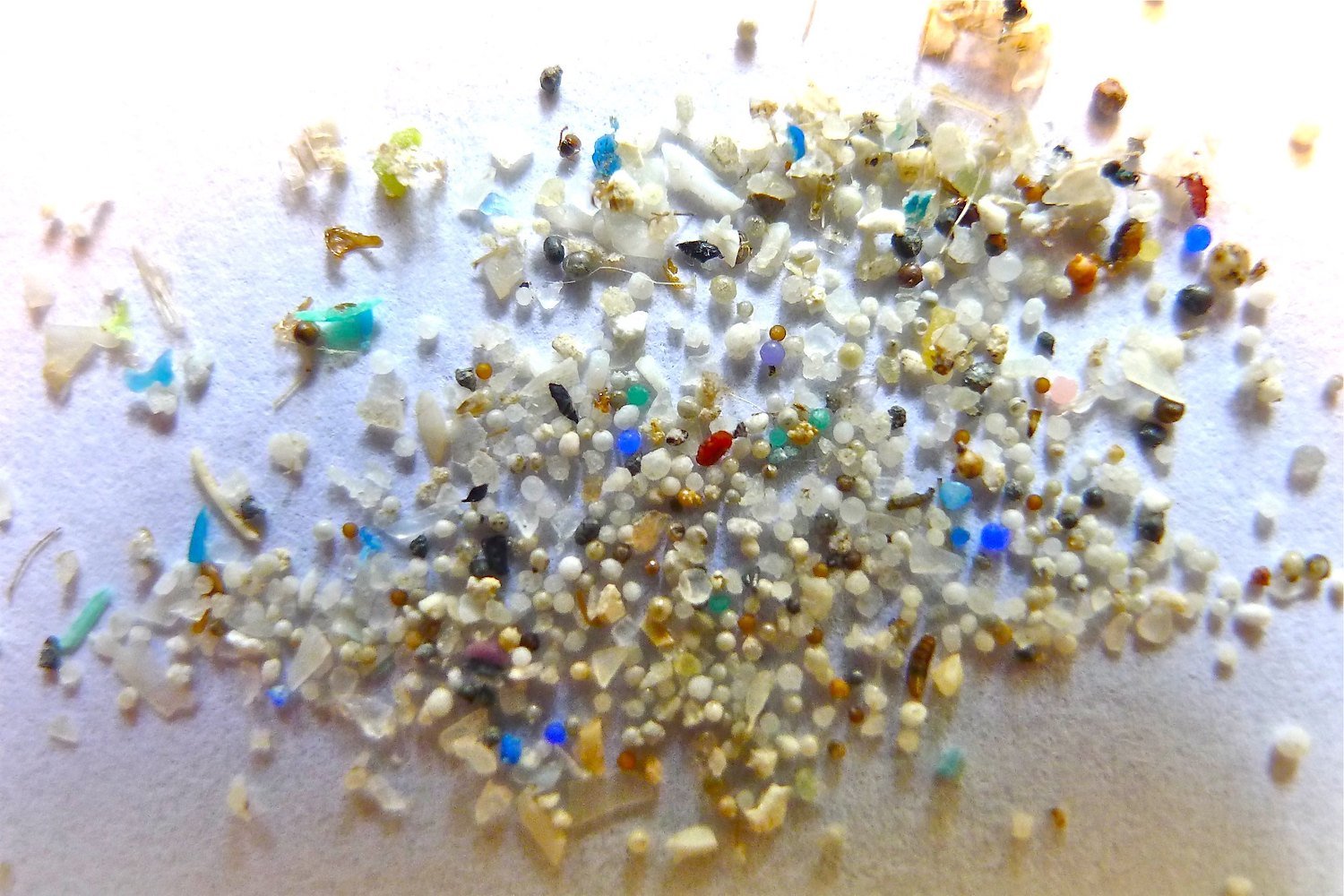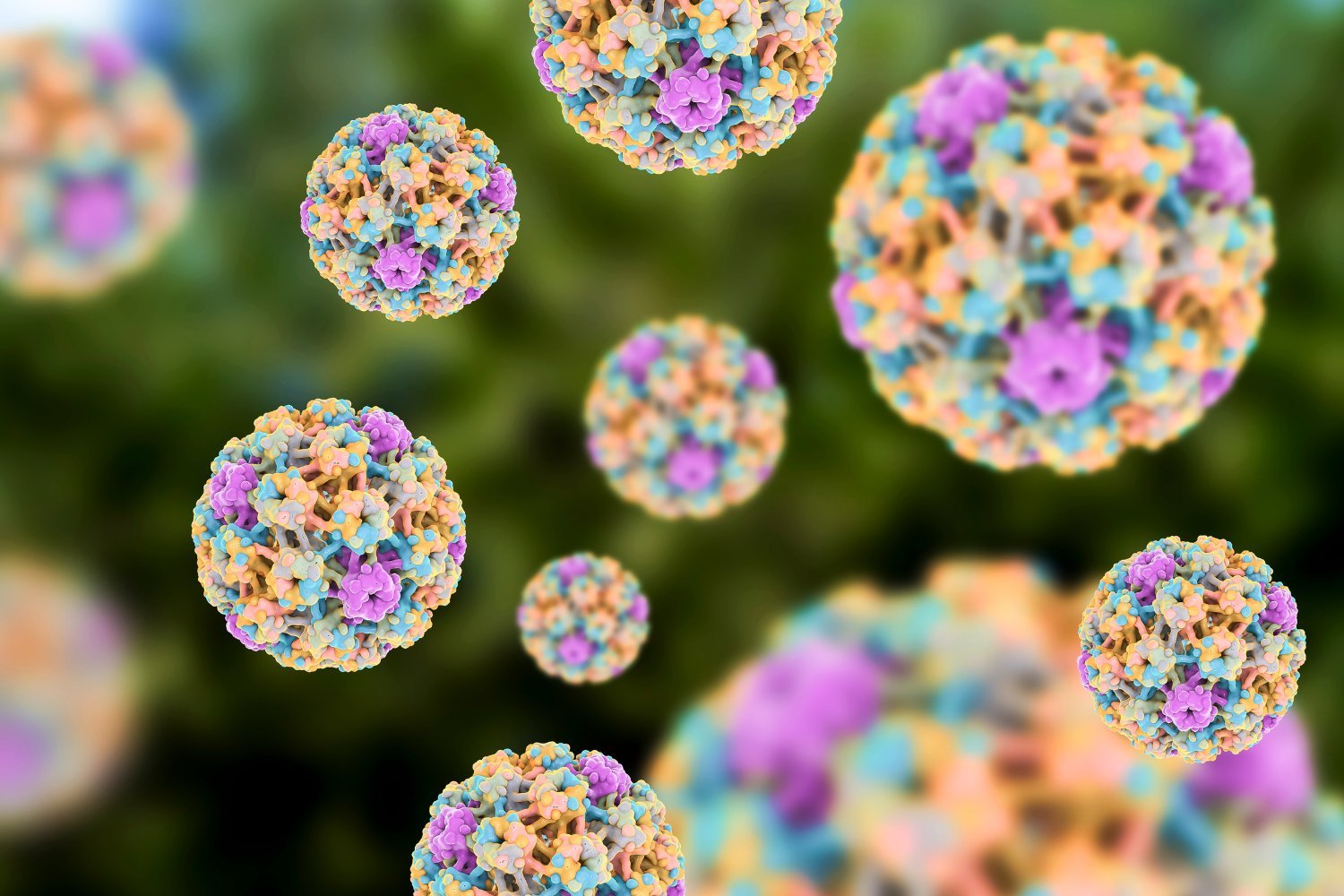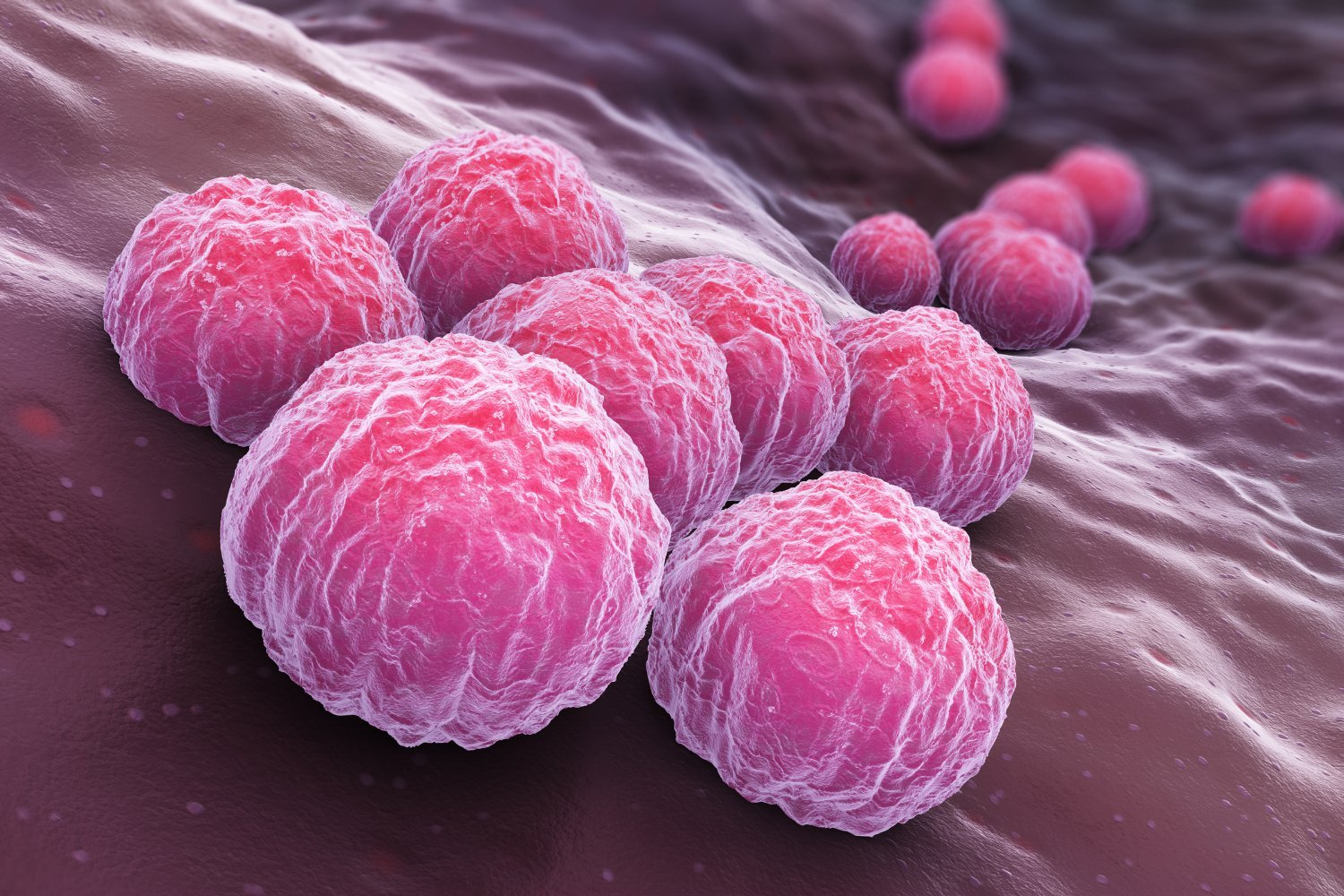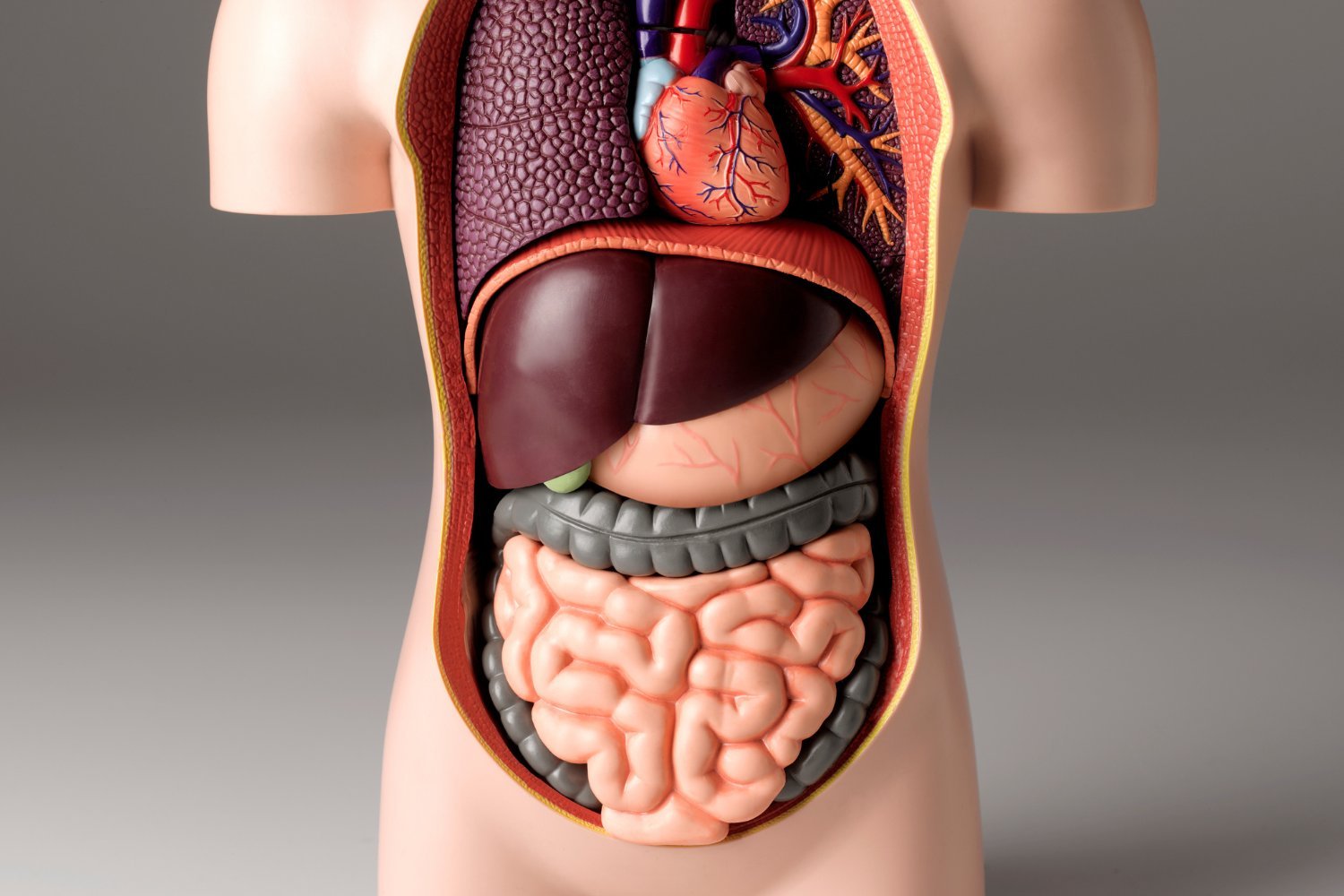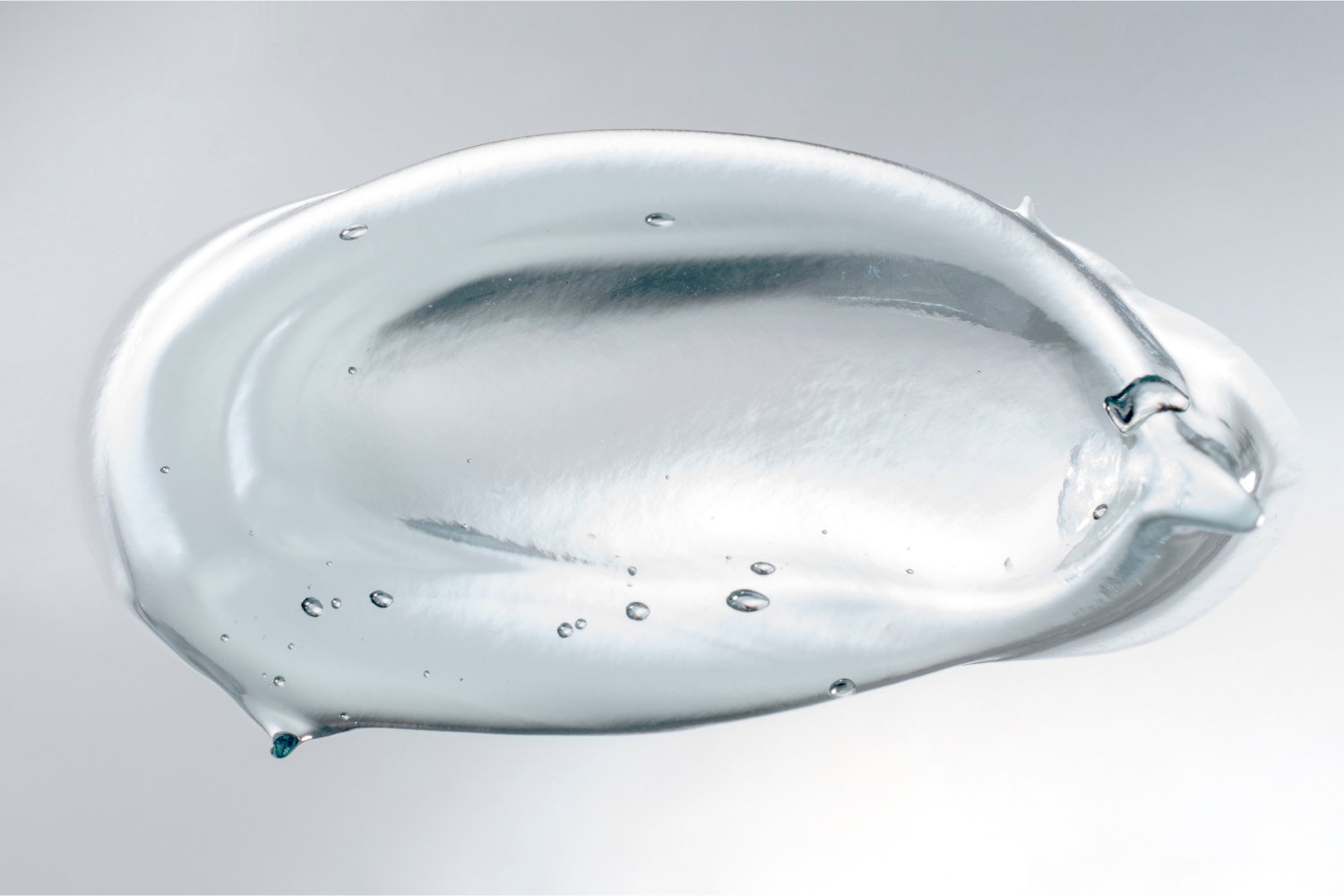Microplastics, plastic fragments smaller than 5 millimeters, are increasingly becoming a ubiquitous presence in our environment. A recent preprint study reveals a concerning discovery: these tiny particles are accumulating in human brains at alarming rates. This finding raises serious questions about the potential health implications of microplastic exposure.
Microplastic Levels in Brain Tissue Higher Than Expected
Researchers analyzed autopsy samples of human livers, kidneys, and brain frontal cortex tissue collected between 2016 and 2024 from a medical examiner’s office in Albuquerque, New Mexico. Their analysis revealed the presence of microplastics in all organ samples, with a notable trend of increasing concentrations over time. Disturbingly, the levels in brain tissue were significantly higher, ranging from seven to 30 times the amounts found in the liver and kidney samples.
The average microplastic content in brain samples reached 0.48% of their total weight, a figure far exceeding what researchers anticipated. This discovery, while preliminary and awaiting peer review, underscores the urgent need for further investigation into the long-term effects of microplastic accumulation in the human brain.
Polyethylene: The Most Prevalent Microplastic
Polyethylene, a common polymer used in plastic bags and bottles, was identified as the most prevalent type of microplastic found in the organ samples. This finding aligns with the widespread use of polyethylene in consumer products and packaging. The researchers concluded that microplastics, including nano-sized particles, are selectively accumulating in the brain, with concentrations increasing over time.
Potential Health Implications and Links to Neurological Disorders
Previous studies have demonstrated the adverse effects of microplastics on aquatic life, including erratic behavior in fish exposed to the particles. While the impact on human health remains less understood, researchers are increasingly concerned about the potential link between microplastics and neurological disorders. Existing literature suggests a correlation between microplastic exposure and various health problems, ranging from chronic diseases and DNA damage to organ dysfunction and impaired immune response.
The observed increase in microplastic concentrations in human brains coincides with a global rise in Alzheimer’s disease and other dementia cases. While a causal link hasn’t been definitively established, the parallel trends warrant further investigation.
Sources of Microplastic Exposure: A Pervasive Problem
Microplastics have infiltrated numerous everyday products, from toothpaste and beer to honey, salt, sugar, and even tap and bottled water. Moreover, we are constantly exposed to invisible plastic particles in the air we breathe. The pervasive nature of microplastic pollution makes it challenging to avoid exposure entirely. One study even suggests that microplastics could be influencing weather patterns.
The Future of Microplastic Research
The discovery of microplastics accumulating in human brains highlights the critical need for comprehensive research to fully understand the extent and implications of this emerging threat. Further studies are essential to determine the long-term health consequences of microplastic exposure and to develop effective strategies for mitigating this pervasive form of pollution.
The alarming rise in microplastic concentrations in human brains underscores the importance of addressing this environmental challenge. While the full extent of the health risks remains uncertain, the evidence warrants immediate attention and further investigation.



